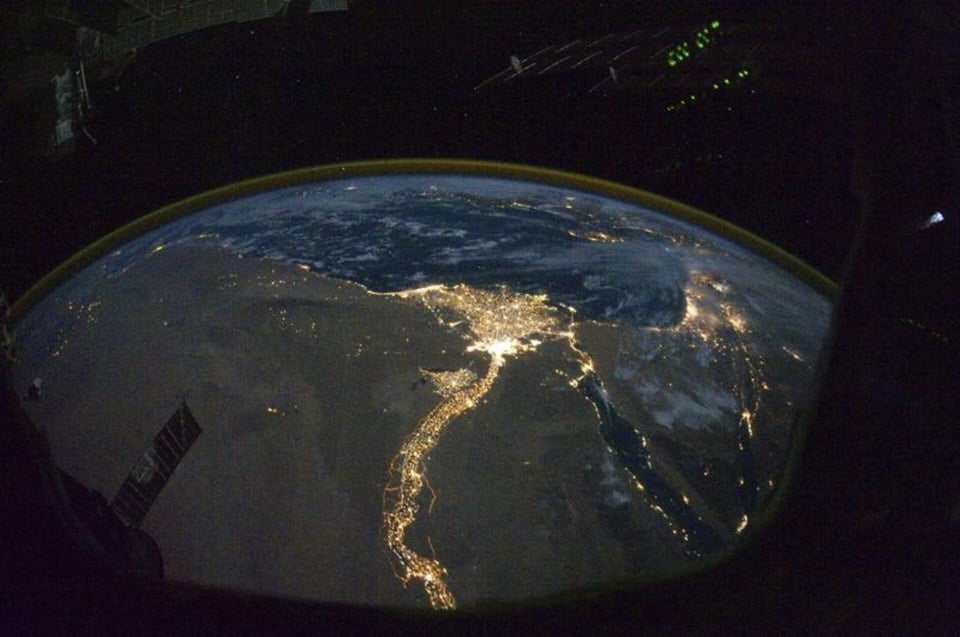 |
Earth seen from space. Photo: Reuters . |
A day on Earth is the time it takes for the planet to rotate once on its axis. This period is usually 86,400 seconds. However, the speed of the Earth's rotation can be affected by the Moon.
On August 5, the Moon will be closer to Earth's poles, increasing the gravitational pull on the planet's rotation axis. Previously, July 5, 2024 was the shortest day recorded since 1970, falling 1.66 milliseconds short of 24 hours, according to Timeanddate .
According to researchers' estimates, about 1-2 billion years ago, a day was only about 19 hours long, because the Moon was closer to Earth and created a stronger gravitational pull, causing the Earth to rotate faster. As the Moon gradually moved away, the average day became longer, reaching the current 24 hours.
Human activity is also contributing to changes in the Earth's rotation. NASA has calculated that melting ice and moving groundwater have increased the length of days by 1.33 milliseconds per century between 2000 and 2018.
The displacement of huge volumes of water by hydroelectric dams also slows down the Earth's rotation due to its moment of inertia. China's Three Gorges Dam is estimated to add 0.06 milliseconds to the length of the day.
However, these differences are too small for humans to notice in everyday life. Only when the length of the day differs by more than 900 milliseconds (0.9 seconds) does the Earth Rotation and Reference System Observatory add a "leap second" to the Universal Time (UTC).
Source: https://znews.vn/ngay-hom-nay-se-ngan-hon-binh-thuong-post1574283.html




































































































Comment (0)